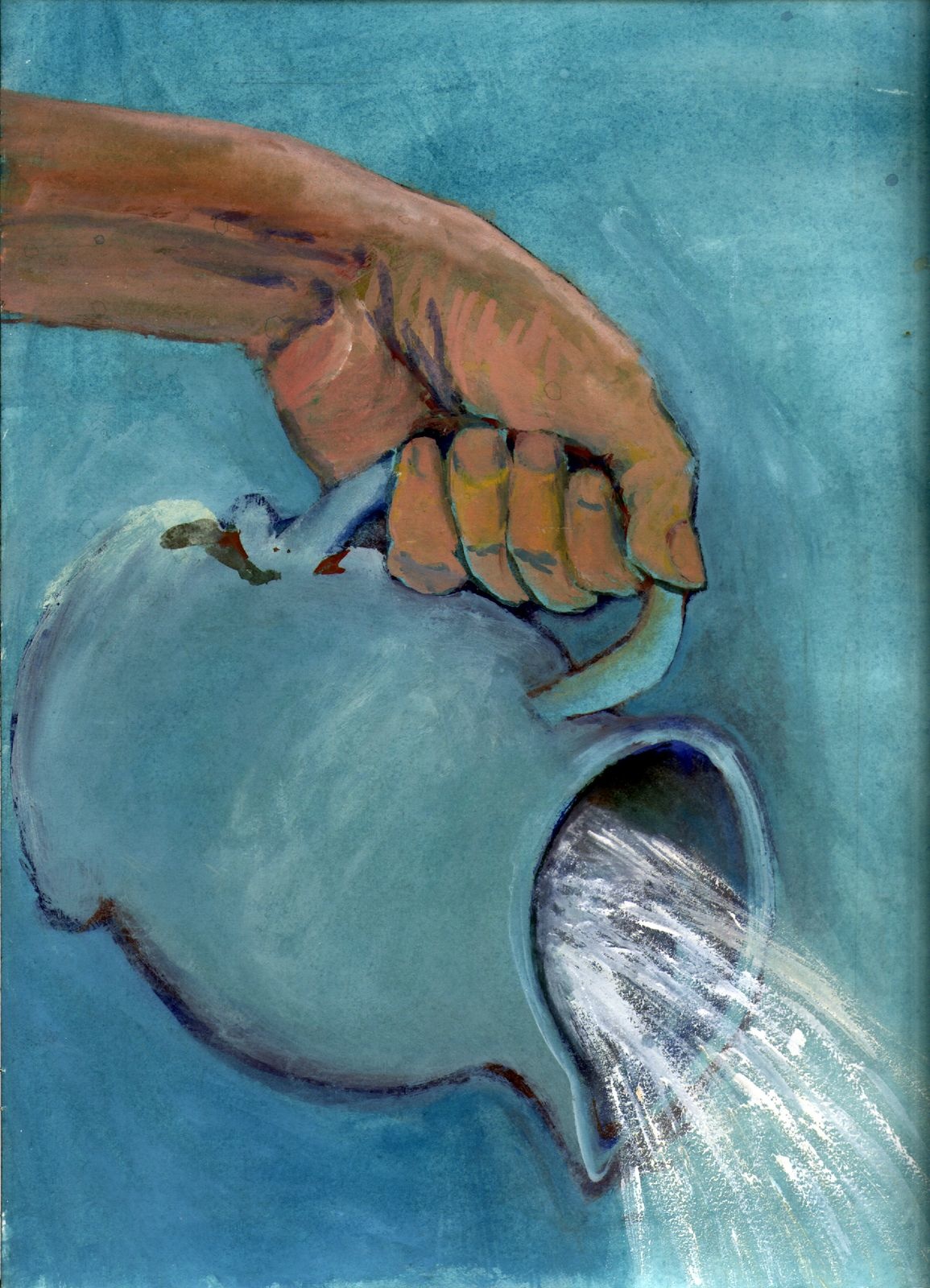My mother who is known for the mitzvah of hachansa orchim (welcoming guests) also sends the departed with a proper goodbye. She is a staunch supporter of Reform Judaism and also part of the local chevra kedisha which prepares the met (the dead) with tahara (purifying procedure) when needed. Although her Temple has not really taken on tahara as a community ideal, the Conservative temple near her has and she has joined this team of women to be part of a very special mitzvah: chesed shel emet.
Why is it called Lovingkindness of truth? Because any mitzvah performed for the dead cannot be paid back by the receiver and thus one’s motives can never be questioned. My mother, who is not squeamish, yet she does not like to talk about yartzeits or visit grave sites has taken on this mitzvah with tremendous awe. She has attended conferences, read all the rules, curiously look into the origins of the many varieties of minhagim (customs) (which there are many interesting depending on where the community came from) and informs the group of her schedule so they know when she is available. When she is available and called, she always goes.
What is tahara? The body is thoroughly cleansed of dirt, body fluids and solids, and anything else that may be on the skin, and then it is ritually purified by means of immersion or a continuous flow of water from the head over the entire body. The procedure, which has men (for a man) or women (for a woman), wash off any blood or stray hairs which then is included into the burial. As they clean the body in preparation of the purification, only the part of the body that is necessary to be exposed is uncovered by the sheets, while they ask mechila (forgiveness) from the met for anything they have done wrong. Prayers are said throughout the procedure. Talking is held at the bare minimum so complete attention is given to the body of the departed soul. The met is purified by nine kavim of water (or twenty-four quarts) poured over the entire body in a continual flow by all the participants. Then the met is put into their shrouds, which are tied in a particular way. Outside of Israel, the met is then put in a plain coffin which has holes put in the bottom to fulfill the verse “for dust you are”. In Israel, the dead are laid out and carried on a stretcher.
My mother feels the taharah is the most spiritual ceremony she ever has been a participant. She is proud to be called in for the honors. She would like her reform temple to be more involved and to make more people aware of this sacred ceremony so their families will know to request it when it’s their time.
When Jews first came to America, the cemetery, and the chevra kedisha was the first organization they would establish (before there was a synagogue, school or even a Rabbi chosen). Perhaps it is the understanding of Jewish philosophy which treats the dead body with tremendous respect since it was the container of someone’s holy soul. It is said that the soul hangs around watching until its body is placed into the ground. And perhaps the soul of the Jewish people is lingering to bring back Jewish tradition.
I’m in awe (and even a little jealous) of my mother’s attachment to this mitzvah. To be involved with such holy work is a blessing.

This is very moving Bembi …..your mother has mentioned to me a few times that she does this ….but thanks to your article I now am aware of what it entails …..my father was buried this way and as I sat with his body in the funeral home in SF , I could feel the austerity and sacredness of how his physical remains has been treated. Very powerful . Thank you for writing …..
LikeLike